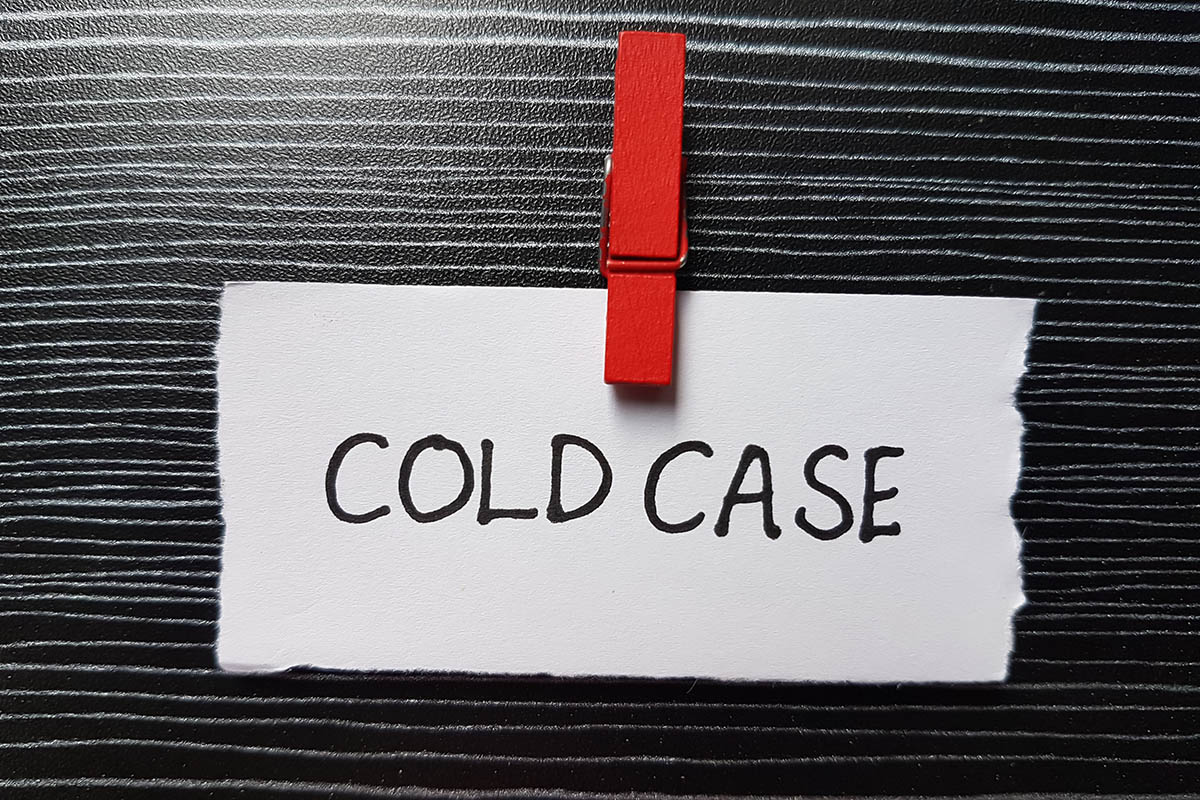"Re-integrating child soldiers into society"
November 12 Inhumane tactics are used to create child soldiers, writes Malcolm McEachern, 22, a Correspondent from Halifax, Canada, now living in the UK. The question is how to make those children part of society once the conflict is over.
Inhumane tactics are used to create child soldiers, writes Malcolm McEachern, 22, a Correspondent from Halifax, Canada, now living in the UK. The question is how to make those children part of society once the conflict is over.
When someone thinks of child soldiers they may recall the Leonardo DiCaprio film Blood Diamond, which portrays the life of a child soldier in Sierra Leone. The film shows the horrifying life of active child combatants. It does not cover the rehabilitation of ex-child soldiers into society.
Child soldiers can be found in many conflicts across the African continent: Mozambique, Angola, Uganda, Congo, and Sierra Leone. This phenomenon is not limited to Africa as child soldiers can be found in Yugoslavia, Afghanistan, Palestine and many other countries. In 1990 the UN established the Convention of the Rights of the Child (CRC). It was intended to keep children apolitical, innocent and protected from recruitment as soldiers. Under international law the recruitment of children under the age of 15 is illegal. The re-integration of former child soldiers is a daunting and complex task. There is constant debate surrounding the best approach in helping these children.
In developing countries the recruitment of child soldiers stems from a multitude of reasons: ethnic conflicts over power sharing, resources, poverty and the lack of ability to provide protection for citizens. Recruitment takes place in three ways: forced, coercive, and voluntarily. In Angola and Mozambique rebel groups psychologically tormented children to turn them into soldiers. Exercises that were used included killing other children who attempted to flee, killing relatives, neighbours and other innocent victims. Other inhumane tactics include sucking the blood of their victims in order to dehumanise them and make them feel no remorse. Children were forced to change their names to isolate and cut ties with past experiences of family and friends. They were given a new identity.
Once a conflict is over the task of picking up the broken pieces begins. First and foremost, the identity of ex-combatant soldiers must be dealt with in a cautious manner. Beginning to re-integrate ex-child soldiers is a long, strenuous process. There are many groups that provide such assistance, including the UN, War Child and other international NGOs. These NGOs widely agree that the rehabilitation of child soldiers should be different from that of adults, in order to tailor to the special needs of boys and girls, ensuring a greater chance of successful rehabilitation.
After the Sierra Leone civil war a remarkable 98 per cent of ex-child soldiers were reunited with one or both of their parents. Yet this task was not easily completed. Understandably, there was great hostility towards the return of Revolutionary United Front (RUF) child soldiers into their old communities. However, with the help of NGOs they were able to see success. This achievement can be credited to the sensitization of ex-child soldiers, education about child rights and formal education.
Care-givers widely accept that education is vital in the reintegration process. Providing the children with literacy and skill-learning gives a greater opportunity for employment. If ex-child soldiers can gain economic security it reduces their chance of being re-recruited. It contributes to a sense of normalcy in their lives. The challenge with achieving a successful re-integration program is the lack of resources. Many developing countries and NGOs unfortunately are not able to provide school fees for most children.
Care-givers focus on the ‘psychological’ effects that a child witnessed being a soldier. There is no standard practice for restoring an ex-child soldier into the community. Child soldiers are not the only children who suffer psychological trauma from war. Many NGOs separate them in order to counsel them differently. If the end goal is to re-integrate a community after it has been shattered by violence, placing separate identities on children can pose a challenge in the process of restoring a sense of unity.
Sadly, the rehabilitation process does not always have a positive influence on ex-combatants. Cases in Liberia and Sierra Leone where children were brought to recovery institutions that counsel and prepare children to return to their homes led to some issues. Living in an institution, children were given clothes and food without working for them. This made returning to their families look less attractive than living by the gun, as they had to work for a living.
The re-integration of ex-child soldiers is no easy task. It is filled with many challenges and no guarantee of success. The constant debate over what healing process proves to be the best should encourage NGOs to work together and share their data and stories. This would allow for improvements to ensure more successful cases. Regardless of its faults, the intentions of the NGOs and people working with them is to help these children to the best of their abilities. Their attempt to give these children hope for the future is something that should be supported and acknowledged.
photo credit: eworm via photopin cc
…………………………………………………………………………………………………………………
About me: I recently completed my B.A. in Politics & International Relations at the Royal Holloway University of London, where I studied a wide range of topics, from political theory to South Asian politics, and Post-Cold war defense.
My main interests include security studies, refugees, human rights, and international relations theory. I am applying for a Masters in International Security, and I aspire to work for an international organization that focuses on human rights.
…………………………………………………………………………………………………………………
Opinions expressed in this article are those of the author and do not necessarily represent the views of the Commonwealth Youth Programme. Articles are published in a spirit of dialogue, respect and understanding. If you disagree, why not submit a response?
To learn more about becoming a Commonwealth Correspondent please visit: http://www.yourcommonwealth.org/submit-articles/commonwealthcorrespondents/
…………………………………………………………………………………………………………………




